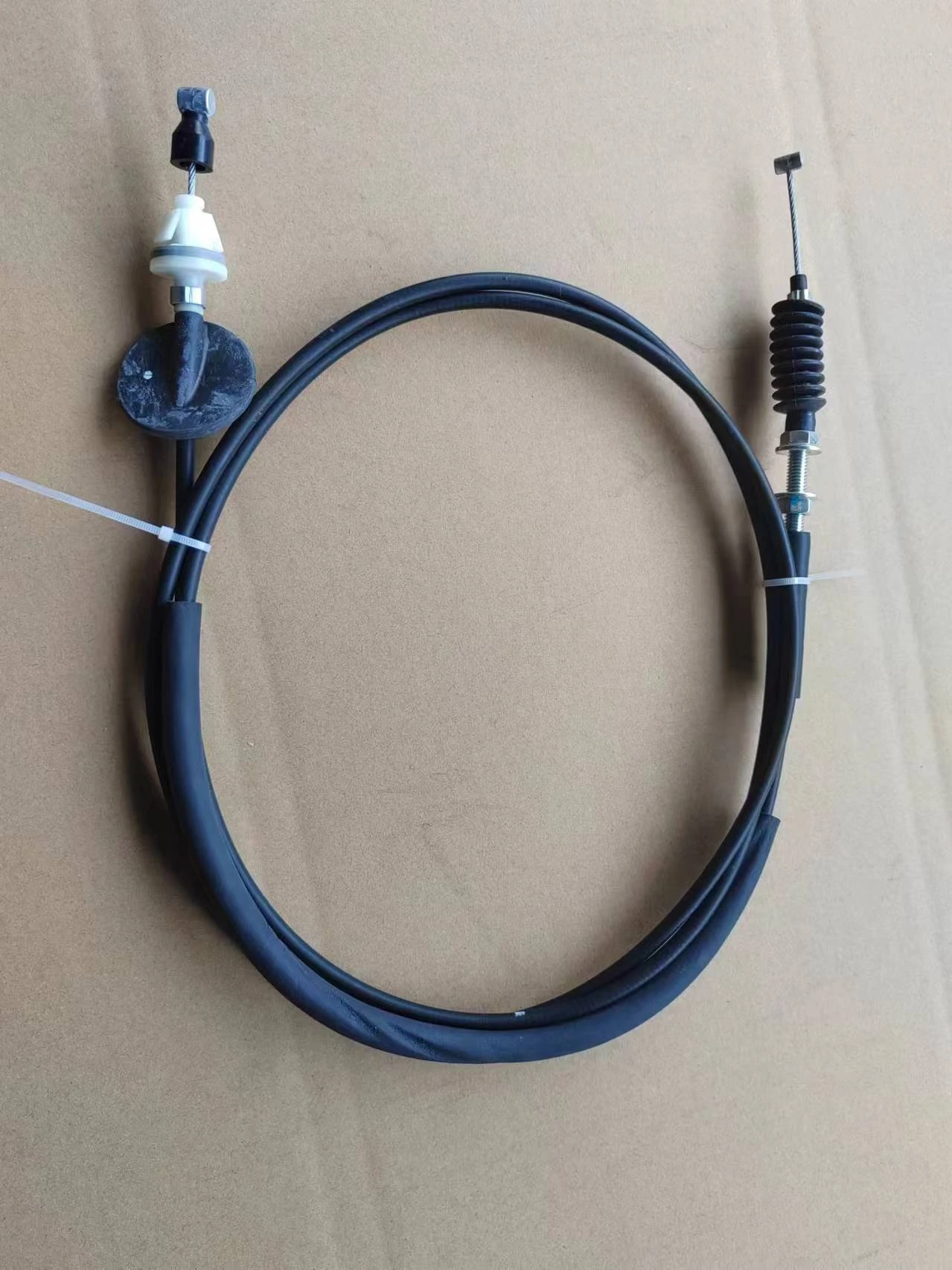Understanding Throttle Cable Functionality and Maintenance Tips for Optimal Performance
Understanding Throttle Cables Essential for Your Vehicle's Performance
Throttle cables are critical components in the intricate machinery of our vehicles, allowing drivers to control engine power effectively. While they might seem like simple wires, their role in the vehicle's performance is substantial. In this article, we will explore what throttle cables are, their function, types, and maintenance practices to ensure they continue to operate smoothly.
What is a Throttle Cable?
A throttle cable is a mechanical component that connects the accelerator pedal to the throttle body of an engine. It transmits the driver's input to the engine management system, allowing the vehicle to accelerate as desired. When a driver presses the accelerator pedal, the throttle cable pulls on the throttle plate, which opens to let in more air and, consequently, more fuel into the engine. This process is fundamental for the vehicle's acceleration and overall performance.
Importance of Throttle Cables
The throttle cable plays a vital role in the power delivery of an internal combustion engine. A properly functioning throttle cable ensures a smooth and responsive driving experience. If the throttle cable becomes frayed or contaminated, it can cause erratic engine behavior, including stalling, sluggish acceleration, and even complete loss of power. Understanding the importance of throttle cables is crucial for vehicle owners, as neglecting this component can lead to significant mechanical failures and safety concerns.
Types of Throttle Cables
Throttle cables can be classified into two main types conventional mechanical throttle cables and electronic throttle control (ETC) systems.
1. Mechanical Throttle Cables Traditionally, vehicles used mechanical throttle cables, which are often a simple wire enclosed in a protective sheath. This type relies on direct physical linkage between the accelerator pedal and the throttle plate. Although they are reliable and familiar, there are limitations in responsiveness and adjustability.
2. Electronic Throttle Control (ETC) Modern vehicles increasingly utilize ETC systems, which replace the mechanical cable with electronic sensors and actuators. In an ETC system, the accelerator pedal is equipped with sensors that send signals to a computer, which then adjusts the throttle electronically. This system enhances precision, improves fuel efficiency, and allows for better integration with advanced driver-assistance systems.
throttle cable

Signs of Throttle Cable Issues
Recognizing the signs of throttle cable problems can help prevent further damage and ensure safety while driving. Common symptoms of a malfunctioning throttle cable include
- Sticking or Stiff Accelerator Pedal If the pedal feels sticky or requires excessive force to depress, it may indicate a problem with the throttle cable. - Erratic Engine Behavior Inconsistent acceleration or sudden drops in power can signal that the throttle cable is not functioning correctly. - Unresponsive Throttle If pressing the accelerator doesn’t lead to immediate acceleration, it may suggest a broken or detached throttle cable.
Maintenance and Replacement
Maintaining the throttle cable is essential for the vehicle's safety and performance. Here are some tips to ensure its longevity
- Regular Inspections Periodically inspect the throttle cable for frays, bends, or corrosion. Address any issues immediately to prevent further damage. - Keep It Clean Dirt and grime can accumulate on the cable and its housing. Cleaning the area regularly will prevent buildup that can hinder performance. - Lubrication Applying appropriate lubrication can help maintain smooth movement within the cable sheath, preventing it from sticking.
When a throttle cable has reached the end of its service life, replacement is crucial. Ensure that a quality replacement is installed, ideally one that meets or exceeds the manufacturer's specifications.
Conclusion
Understanding throttle cables is essential for anyone involved in vehicle maintenance or repair. Whether you operate a classic car with a mechanical throttle cable or a modern vehicle with electronic throttle control, being aware of the cable's function and the signs of trouble can help you maintain a safe and efficient driving experience. Regular inspections, cleanings, and timely replacements will keep your vehicle's throttle response smooth and reliable, enhancing not just performance but also safety on the road.
-
Workings of Clutch Pipe and Hose SystemsNewsJun.04,2025
-
The Inner Workings of Hand Brake Cable SystemsNewsJun.04,2025
-
The Secrets of Throttle and Accelerator CablesNewsJun.04,2025
-
The Hidden Lifeline of Your Transmission Gear Shift CablesNewsJun.04,2025
-
Demystifying Gear Cables and Shift LinkagesNewsJun.04,2025
-
Decoding Clutch Line Systems A Comprehensive GuideNewsJun.04,2025
